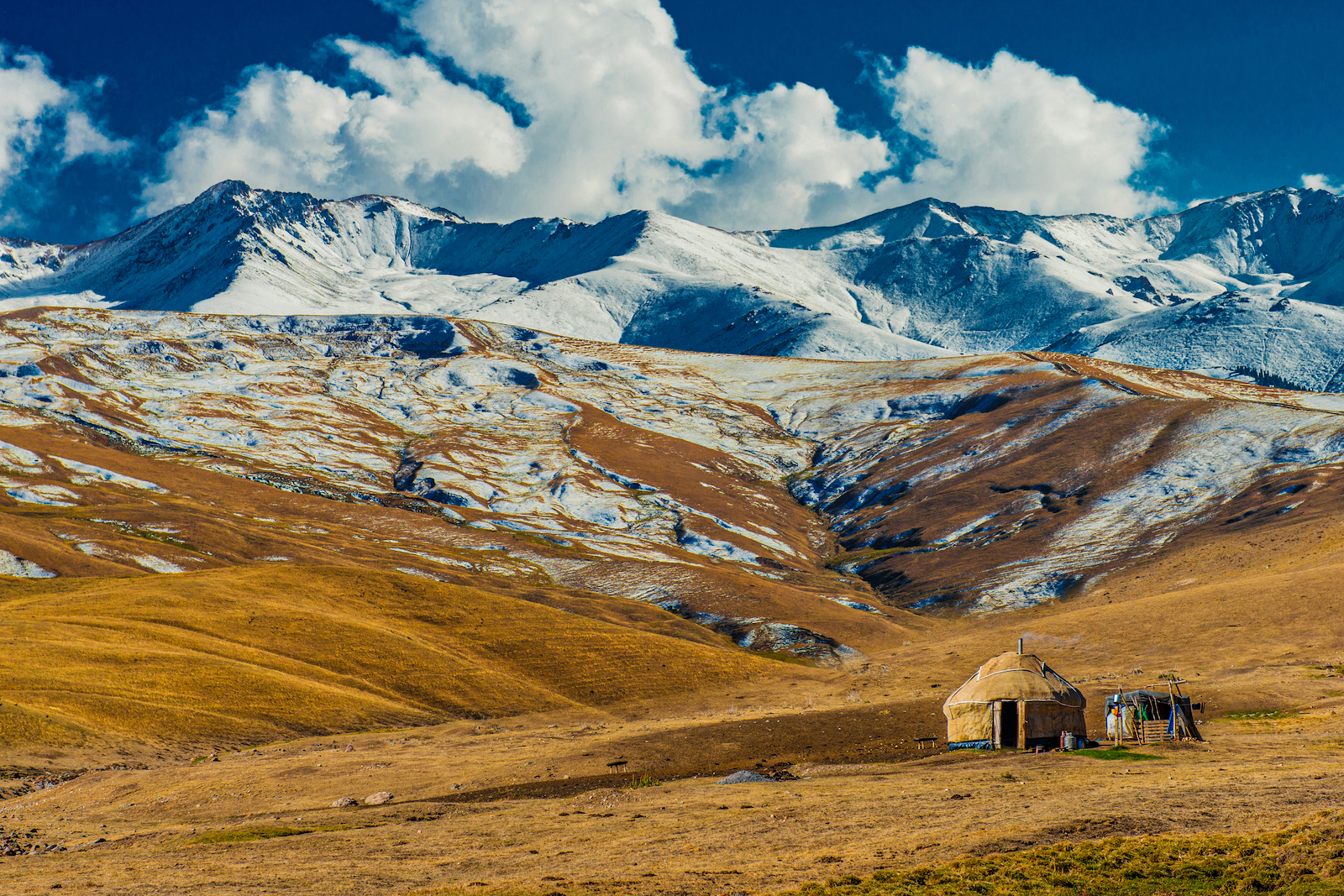
Cooperation Poses a Singular Challenge for Central Asia
History will harshly judge the world’s reaction to the conflict in Ukraine. The lackluster response, the fleeting interest, the human tragedy – but perhaps above all is the lack of preparedness. Keeping world peace and stability is not a spectator sport. The world’s leaders cannot sit back today and presume peace will last till tomorrow.
One region more acutely aware of this is Central Asia. Caught between the neighboring Russian-Ukrainian conflict and bordering on the ever-unstable and currently rapidly deteriorating Afghanistan, the countries of Kazakhstan, Kyrgyzstan, Tajikistan, Turkmenistan, and Uzbekistan understand that they need to take immediate initiative in ensuring regional cooperation and stability for the future.
Naturally, there have been attempts in the past to form a cooperation organization. A framework to formalize and institutionalize the natural synergies between the Central Asia nations – and importantly to ensure future partnership. From 1994 to 2004, Kazakhstan, Kyrgyzstan, and Uzbekistan, with Tajikistan later joining as an observer, formed the Central Asian Union, following the dissolution of the Soviet Union in 1991, and with the region stung by the civil war in Tajikistan. The focus of the Central Asian Union was economic development, although it included elements of military cooperation, including the formation of a peace-keeping force under the auspices of the United Nations.
Again in 2007, Kazakhstan – the largest country in the region – led calls for a new union, seeking to replicate the European model of an economic and political union across Central Asia. Indeed, Kazakhstan and Kyrgyzstan entered an agreement to create an “International Supreme Council” and Uzbekistan ratified a Treaty of Eternal Friendship. Islam Karimov, the former Uzbek president, opposed the return to a single union, and the process stalled. After his death in 2016, however, the issue was reignited and in 2018 and 2019, summits were held in Kazakhstan to advance the issue.
Then, the world was swept by a pandemic, and a short while after the economic recovery from COVID – the region sits on the cusp of a maelstrom of a new conflict, the war in Ukraine. For the leaders of this region, it looks a little bit like now or never. But at the same time, challenges are always opportunities.
Political, economic, and military cooperation is one thing. These are always at the heart of mass media focus when we talk about regional cooperation. It’s a go-to, a matter of reverting to type. Political trends are based on decision-makers who come and go. Economic policy too can be changed with a new report, a new leader, or a new international ebb or flow. But some other issues will continue to evolve and develop regardless of changing political circumstances, although they have the potential to be greatly nurtured by the right policies and incentives.
Above and beyond politics – cooperation on climate, health, academic research, transportation routes and infrastructure, innovative technologies, and even cultural exchanges have the potential to safeguard the region’s wellbeing for generations if enacted now. Kazakhstan, for example, has seen the beginnings of a digital revolution, with a new hub for startups and a new culture of innovation and entrepreneurship emerging. Kyrgyzstan is seeing a revolution in green projects and smart city developments. Neither of these issues can wait.
On July 21, the presidents of Kazakhstan, Kyrgyzstan, Tajikistan, Turkmenistan, and Uzbekistan gathered in the resort town of Cholpon-Ata, on the northern shore of Lake Issyk-Kul in Kyrgyzstan, for a consultative Heads of States summit on strengthening Central Asian cooperation. The five leaders approved a Roadmap for Regional Development and Cooperation for the years 2022-2024 and adopted a Regional Green Agenda Program for Central Asia. They also agreed to further expand the concept of enhancing interactions between the states of Central Asia within the framework of multilateral formats.
In his speech, Kassym-Jomart Tokayev, Kazakhstan’s president, laid out a detailed plan for implementing this vision, within five categories: Strengthening Cooperation in Security and Diplomacy; Eliminating Factors of Instability in the Region; Formation of a New Multi-State Economic Foundation for Regional Cooperation; Increasing the Region’s Transportation Routes; and, Establishing a Multilateral Central Asian Environmental Office. “Due to the conditions of geopolitical turbulence and instability of the world economy,” Tokayev noted, “our meeting demonstrates our solidarity and common desire to jointly confront new challenges and threats. All-round rapprochement of our states is conditioned by the dictates of the time and fully meets the fundamental interests of the fraternal peoples.”
The impact of climate change is unyielding, and technology is moving so fast that states not engaged in digitalization will simply be left behind in a matter of years. And when it comes to both the issues of the environment and technology, the only way is through cooperation. Pollution does not respect borders – nor of course disease and illness – and there is no doubting the importance of cooperation and collaboration when it comes to innovative technologies.
Added to this, the populations across Central Asia are demanding economic modernization. The Kazakh people, for example, recently voted in a national referendum for 33 new amendments to their constitution, boosting the country’s civil society. The Kazakh constitutional revolution is just a partial measure of broad sweeping reforms, led by Tokayev, aimed at democratizing, modernizing, and decentralizing Kazakhstan’s economy and governance model, as well as improving the socio-economic status of the urban middle classes, the working forces across this oil-rich state, and the rural peripheries of the world’s ninth largest country.
From the outside, the issues of natural resources and energy supply for Western markets, place the former Soviet states at the heart of international investment strategies. The political desire to apply pressure on Russia, without condemning this region, means that international leaders are incentivized to pay attention to the well-being and stability in Central Asia. But perhaps more than anything, the international community is looking at the leaders of Kazakhstan, Uzbekistan, Turkmenistan, Kyrgyzstan, and Tajikistan. The advancement of a regional union now will do much to strengthen the international community’s belief in Central Asia, and likely translate to dramatic increases in investment and geopolitical cooperation.
The Biden administration’s political concerns over rising energy prices and the continued concern in the European Union, especially as the fall and winter approach, for the overall supply chain of hydrocarbons across the continent, means that this issue is in sharp focus. Any positive overtures to provide a multilateral platform for Central Asia regional cooperation will be welcomed with open arms in the West. It is a window of opportunity for Central Asia, and a golden chance for the leaders of Kazakhstan, Uzbekistan, Turkmenistan, Kyrgyzstan, and Tajikistan – not only to take the international stage but to build it.
Kassym-Jomart Tokayev concluded his message at the Central Asian Heads of States summit with the very same bottom line: “Today, the most important mission of Central Asia is to build bridges between the competing poles of global politics and economics. Sooner or later the period of geopolitical confrontation will end, but the bridges built will remain.”

